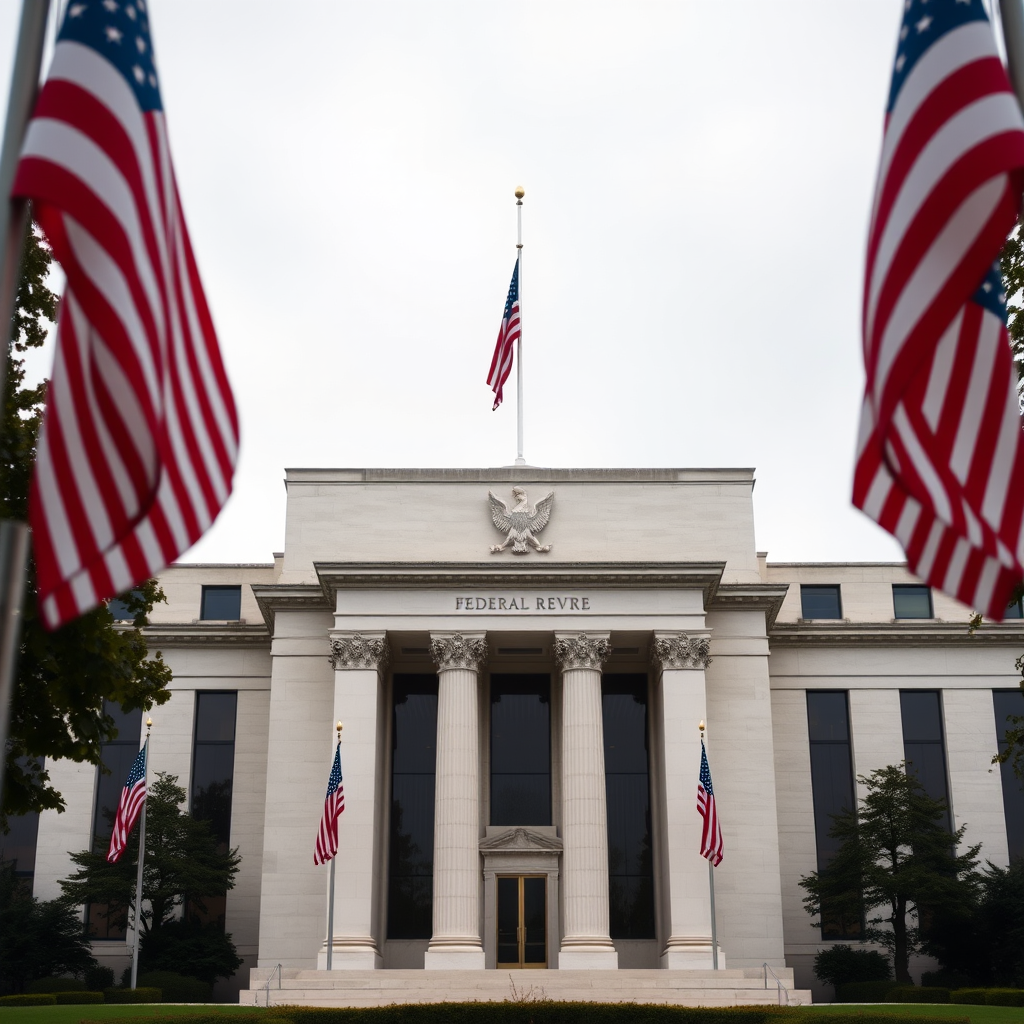The Federal Reserve's latest monetary policy decision sends ripples through financial markets as economists debate the implications for inflation control and economic growth. Our analysis breaks down what this means for American consumers, homebuyers, and businesses heading into 2025.
Fed Holds Rates Steady at 5.25-5.50%
In a closely watched decision, the Federal Reserve announced it would maintain the federal funds rate at its current range of 5.25% to 5.50%, marking the fourth consecutive meeting without a rate change. The decision comes as policymakers navigate the delicate balance between controlling persistent inflation and supporting economic growth across America.
Fed Chair Jerome Powell emphasized during the press conference that the central bank remains committed to bringing inflation down to its 2% target while maintaining a strong labor market. "We are seeing encouraging signs in the inflation data, but we need to ensure these trends are sustainable before making any policy adjustments," Powell stated.
Key Economic Indicators
- Current Fed Rate: 5.25% - 5.50%
- Inflation Rate: 3.2% (November 2025)
- Unemployment: 3.7%
- GDP Growth: 2.1% (Q3 2025)
Impact on American Consumers
For millions of Americans, the Fed's decision to maintain current rates means continued high borrowing costs for mortgages, credit cards, and personal loans. The average 30-year mortgage rate remains near 7.5%, significantly impacting the housing market and homebuyer affordability across the nation.

However, savers continue to benefit from higher yields on certificates of deposit and high-yield savings accounts. Many financial institutions are offering rates above 4% for savings products, providing Americans with better returns on their deposits compared to the historically low-rate environment of recent years.
Market Reactions and Economic Outlook
Financial markets responded with mixed reactions to the Fed's announcement. The Dow Jones Industrial Average closed up 0.8%, while the S&P 500 gained 1.2% as investors interpreted the decision as a sign of economic stability. Bond yields remained relatively stable, with the 10-year Treasury note trading at 4.3%.
Economic analysts across America are divided on the Fed's next moves. Some experts believe rate cuts could begin in the second quarter of 2025 if inflation continues its downward trajectory, while others argue that persistent price pressures may require maintaining current rates well into the year.
Business and Investment Implications
Corporate America continues to grapple with elevated borrowing costs, affecting expansion plans and capital investments. Small businesses, in particular, face challenges accessing affordable credit, potentially slowing job creation and economic growth in local communities across the United States.
The technology sector, which has been sensitive to interest rate changes, showed resilience following the announcement. Major tech companies have adapted to the higher-rate environment by focusing on operational efficiency and cash flow generation rather than debt-financed growth strategies.
What This Means for You
- Mortgage rates likely to remain elevated through early 2025
- Credit card interest rates will stay high
- Savings account yields remain attractive
- Business loan costs continue to impact small enterprises
Looking Ahead to 2025
As America heads into 2025, the Federal Reserve faces the complex task of balancing multiple economic objectives. The central bank's dual mandate of price stability and full employment remains at the forefront of policy decisions, with officials closely monitoring inflation trends, labor market conditions, and global economic developments.
The upcoming year will be crucial for determining the Fed's policy trajectory. Economic data releases, including employment reports, inflation measurements, and GDP growth figures, will heavily influence future rate decisions and shape the monetary policy landscape for American businesses and consumers.
For now, Americans must navigate the current high-rate environment while preparing for potential changes ahead. Financial experts recommend reviewing debt obligations, exploring savings opportunities, and staying informed about economic developments that could impact personal and business finances in the coming months.
